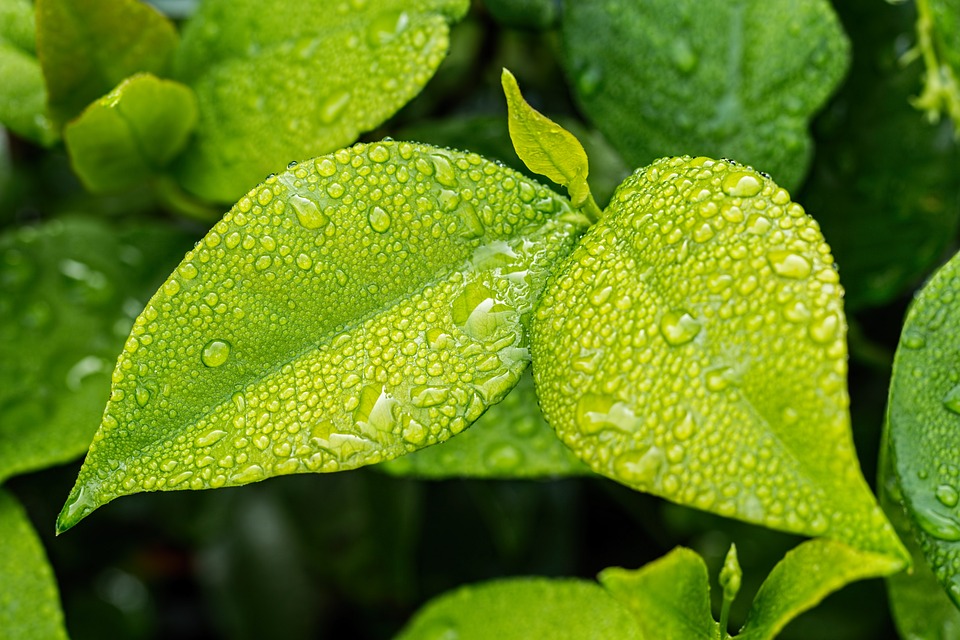Create a Space to Grow: Starting Your Own Vegetable Garden
Starting your own vegetable garden is a rewarding and fulfilling experience that allows you to have fresh, homegrown produce at your fingertips. Whether you have a spacious backyard or a small balcony, creating a space to grow your vegetables is possible and can be tailored to your available area. This article will guide you through the process of starting your own vegetable garden and provide helpful tips to ensure a successful harvest.
Choosing the Right Location
The first step in starting your vegetable garden is selecting the right location. Vegetables require at least six hours of direct sunlight each day, so it is essential to choose a spot that receives adequate sunlight. Additionally, consider the accessibility of water and the proximity to your home for easy maintenance.
Preparing the Soil
Once you’ve identified the perfect location, it’s time to prepare the soil. Start by removing any weeds or grass from the area. Loosen the soil using a garden fork or tiller, breaking up any clumps and removing rocks or debris. Incorporating organic matter such as compost or well-rotted manure will help improve the soil’s fertility and drainage.
Selecting the Right Vegetables
Choosing the right vegetables for your garden is crucial for a successful harvest. Consider your climate and the growing season to determine which vegetables will thrive in your area. Some popular choices for beginner vegetable gardeners include tomatoes, lettuce, peppers, carrots, and herbs like basil and parsley. Research the specific requirements of each vegetable to ensure proper care and maintenance.
Planting and Maintenance
When it comes to planting, follow the instructions provided on the seed packets or plant labels. Pay attention to spacing requirements and recommended planting depths. Water your plants regularly, aiming for consistent moisture without overwatering. Mulching around your plants can help suppress weeds and retain moisture in the soil. Regularly inspect your plants for signs of pests or diseases and take appropriate action to protect your garden.
Harvesting Your Produce
One of the most rewarding aspects of having your vegetable garden is harvesting your own produce. Different vegetables have different signs of readiness for harvest, such as changes in color, size, or texture. Harvest your vegetables when they are at their peak of ripeness for the best flavor and nutritional value. Enjoy the fruits of your labor in fresh salads, delicious meals, or share them with friends and neighbors.
FAQs
- Q: How much space do I need to start a vegetable garden?
- Q: How often should I water my vegetable garden?
- Q: Can I start a vegetable garden if I have limited sunlight?
A: The space needed for a vegetable garden depends on the number and types of vegetables you want to grow. Even a small balcony or patio can accommodate container gardening, while larger areas can support raised beds or traditional in-ground gardens. Start with the space you have and expand as you gain experience.
A: Vegetable gardens typically require about 1-1.5 inches of water per week. However, this can vary depending on factors such as temperature, rainfall, and soil type. It’s essential to monitor the moisture level of the soil and adjust your watering accordingly, ensuring the plants receive adequate hydration without becoming waterlogged.
A: While most vegetables thrive in full sunlight, some varieties can tolerate partial shade. Leafy greens like lettuce and spinach, as well as certain herbs, can grow reasonably well with around 4-6 hours of direct sunlight per day. However, keep in mind that limited sunlight may affect the overall productivity and growth of your plants.
Starting your own vegetable garden is a wonderful way to connect with nature, save money, and enjoy the taste of fresh produce. With proper planning, preparation, and maintenance, you can create a thriving and bountiful garden right in your own backyard or even on your balcony. So, grab your gardening tools, select your favorite vegetables, and embark on this exciting journey of growing your own food!
For more in-depth information on starting a vegetable garden, check out this comprehensive guide.



